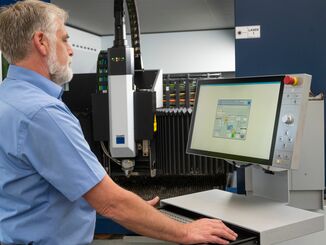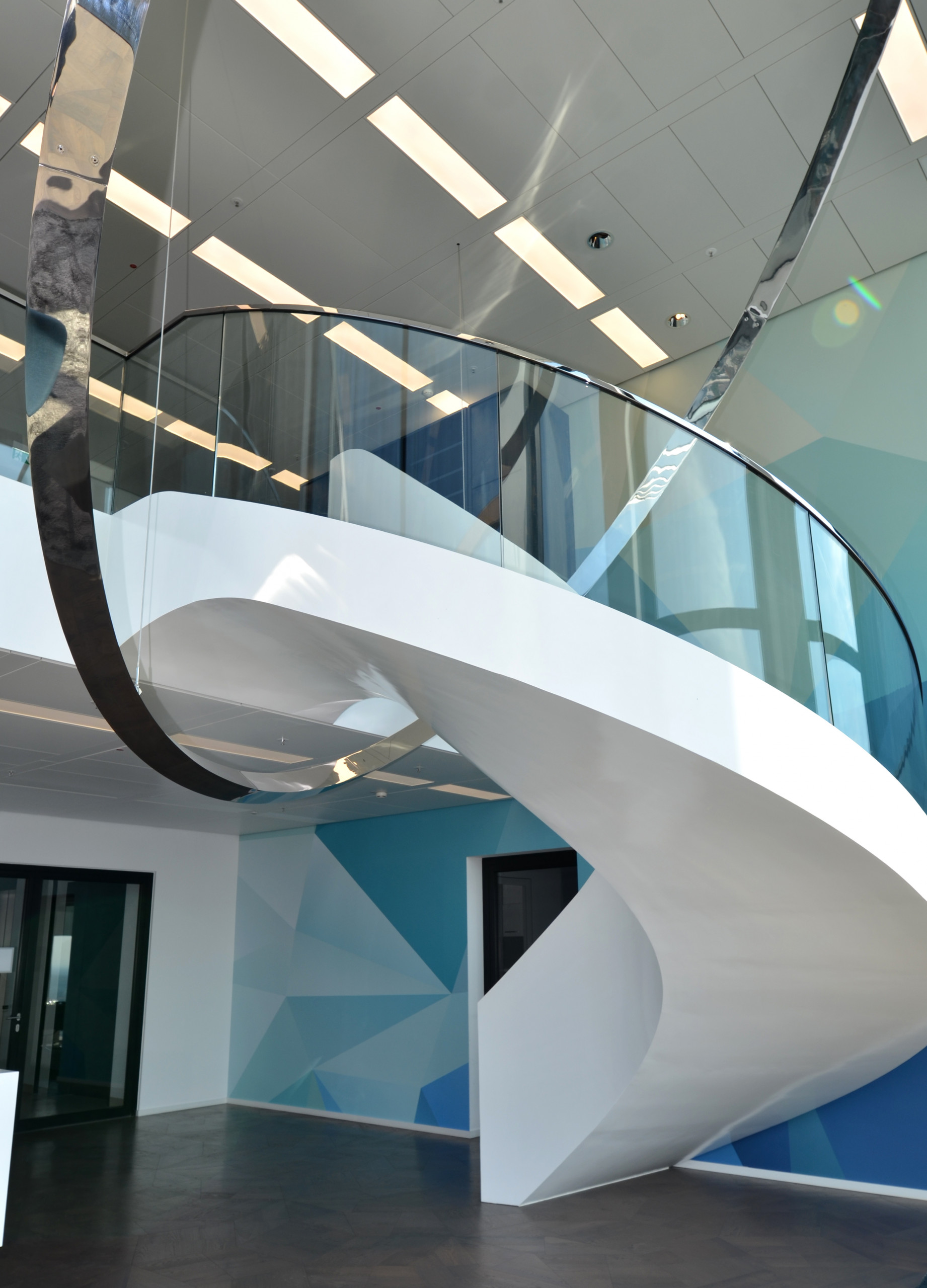
Rime is a contract manufacturer in sheet metal processing and has been successful in the market for over 30 years. Laser cutting has played a major role for the company and its customers for two decades. Due to the vertical range of manufacture and the wide range of parts, there were temporary bottlenecks despite having four laser cutting systems. After a few months of observing the market, those responsible decided to purchase an additional laser cutting system: the TruLaser 5060 Fiber with 24 kW.
Buying a machine must be a well-considered step, but for most companies the mammoth task comes later. Will the machine deliver the quality and performance promised in the showroom? Can the machine be easily integrated into production? Can the service provide professional support in the event of a breakdown? Rime was able to answer all these questions after six months of delivery.

Rime
First hours in operation
Following the smooth installation of the system and operator training in March 2024, the first cutting tests with the high-power laser were able to begin. As with almost all high-power cutting systems, the cutting speeds are impressive and can no longer be compared with CO2 technologies. Materials such as aluminum, stainless steel, high-strength steels or structural steels up to 50 mm thick can be cut reliably.
Cutting results with different process gases
Feed rates of over 18 meters per minute with 6 mm steel sheets were tested with a nitrogen cut. This is one of the biggest advantages of fiber technology. Unfortunately, this process also has a downside: the formation of the fiber burr known in the industry. Burr formation often occurs with certain material thicknesses and grades. As Rime has high quality standards, this burr is removed by special grinding machines or manual deburring before further processing.
As with previous generations of laser cutting machines, cutting with oxygen is also possible. The great advantage of this process is the minimization of the cutting burr. In return, however, an oxide layer forms on the cut surface of the laser part. The customer’s requirements for the laser part and the cut surface determine which process gas is used.
Mechanical engineers are also familiar with the fiber ridge and are aware of the problem. In general, the topic is dealt with very soberly. However, energy continues to be invested in optimizing the nitrogen cut. The larger manufacturers add a small amount of oxygen to the nitrogen and can thus reduce the fiber burr and refine the cutting pattern.
Rime’s conclusion from the analysis of the cutting results is that you have to weigh up whether you want the advantage of speed or little to no rework. According to Rime, the L5060 Fiber is outstanding and sets standards in both areas.

Rime
Application area of the new laser
Rime has a large stock of over 500 material variations with a wide range of material types, surfaces and thicknesses. During the cutting tests and in the first hours of production, the people in charge realized that the 24 kW machine would be more useful in the thicker range. The segment they defined starts at 6 mm thick sheet material and ends at 40 mm. For the most part, the machine is used at Rime for cutting structural steels or low-wear steels. However, it is in no way inferior to other machines in the production of laser parts made of stainless steel.
Minor weaknesses from the operator’s point of view
Some of Rime’s customers require a bevel cut. One of the XXL machines used by Rime has this feature integrated. Unfortunately, the TruLaser cannot quite keep up in this area. Trumpf was able to make adjustments in this area with the special EdgeLine Bevel function, but from Rime’s point of view, this processing is not comparable to a “real” bevel cut.
The new laser cutting system came onto the market with functions that were not covered by the outdated TruTops nesting software. It was therefore essential for Rime to switch to TruTops Boost. In addition to the acquisition costs of the new software, there were also further adaptations to the existing digital infrastructure, as well as familiarization with the Boost and the adaptation of the post processors and interfaces. TruTops Boost proved to be far more comprehensive than Rime needed and could use. For companies that do not have a PPS or ERP system, however, TruTops Boost is a good solution for managing orders and the warehouse, for example.
The cutting speed has already been mentioned as a positive aspect. However, it also presents Rime with new challenges. Loading the machine with new sheet material and clearing the cut products takes a lot of time. In the CO2 era, the clearing and cutting times were in balance and little downtime was recorded as a result. Now, due to the accelerated cutting process, the machine operator is no longer able to load and unload the machine, resulting in delays in the production process. Many machine manufacturers offer automation as a solution to the problem. However, the wide variety of parts, production from batch size 1 and part lengths of up to 6000 mm make it difficult for Rime to find a viable solution for production.
Web:
rime.de



